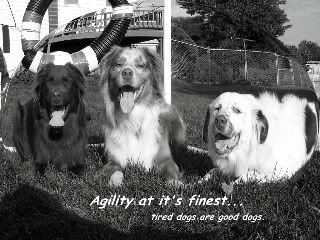When my vet suspected Kia of Mange, she gave her a series of two shots of Ivermectin. My vet does not do dips because they can be very toxic. The shot is much safer.
I didn't pay $100 for the shot. I paid roughly 20 dollars per shot. After two injections a week apart, Kia was still itching and it was determined she had allergies.
Sarcoptic Mange is VERY contagious and I don't think your obedience instructor will want your dog around others until he's all better.
~Kimmy, Zam, Logan, Raptor, Nimrod, Mei, Jasper, Esme, & Lucy Inara
RIP Kia, Chipper, Morla, & June









 Reply With Quote
Reply With Quote
 hope it all goes well. i called my vet and she said they charge $125 for a dipping.
hope it all goes well. i called my vet and she said they charge $125 for a dipping.




Bookmarks